Tempered Glass vs. Plastic Screen Protectors: Pros & Cons
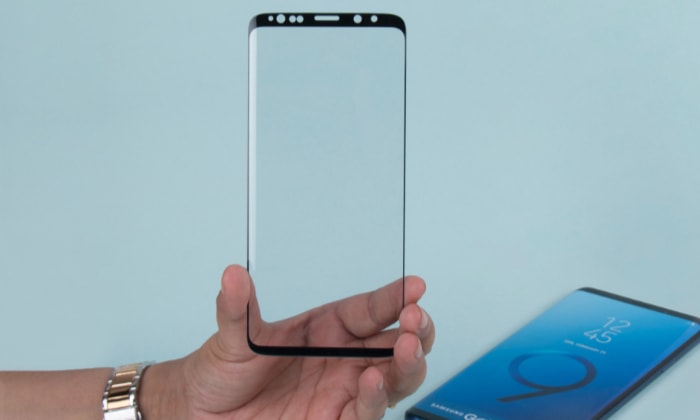
Your smartphone’s screen is its most vulnerable feature, constantly at risk from scratches, drops, and fingerprints. A screen protector acts as your first line of defense, but not all protectors are created equal.
The choice often comes down to tempered glass or plastic, each with its own strengths and drawbacks.
Are you after robust protection for accidental drops, or do you prefer something lightweight and cost-effective? Perhaps you’re concerned about clarity, touch responsiveness, or long-term durability. Whatever you value most, selecting the right screen protector can make all the difference in keeping your device looking brand-new.
Material Composition & Basic Properties
The materials used in screen protectors play a significant role in how they perform, feel, and protect your device. While both tempered glass and plastic screen protectors aim to shield your screen from daily wear and tear, their structure and properties set them apart in critical ways.
Tempered Glass
Tempered glass screen protectors are crafted using a multi-layered structure, combining a durable glass sheet, adhesive for attachment, and a specialized oleophobic coating. This coating helps repel fingerprints and smudges, keeping your screen cleaner for longer.
The glass undergoes a chemical or thermal treatment that enhances its overall strength, making it resilient against cracks and scratches.
These protectors typically measure between 0.3 to 0.5 mm thick, striking a balance between solid protection and maintaining an unobtrusive design. They mimic the smooth texture of your smartphone’s original screen, ensuring minimal difference in how it looks and feels.
Due to their rigid material, tempered glass overlays your screen like a second skin, providing excellent clarity and a polished finish.
Plastic (PET/TPU)
Plastic screen protectors, commonly made from PET (polyethylene terephthalate) or TPU (thermoplastic polyurethane), take a different approach to protection. These protectors are constructed from flexible polymer layers that conform to your screen’s surface.
They may lack the rigid structure of tempered glass, but their elasticity makes them highly adaptable, particularly for phones with curved or non-standard screens.
With a thickness typically ranging from 0.1 to 0.3 mm, plastic protectors are thinner and lighter than tempered glass. This makes them less noticeable once applied, which some users prefer.
However, their flexibility comes with drawbacks. They are more prone to scratches and general wear over time and may not offer the same premium feel that tempered glass provides.
Protection Capabilities
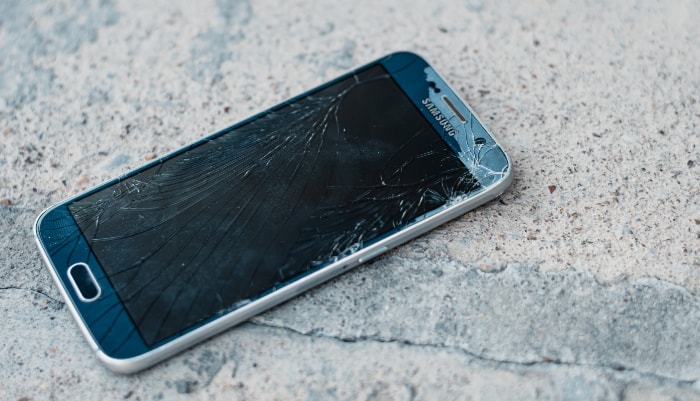
A screen protector’s primary purpose is to safeguard your device against scratches, impacts, and other forms of physical damage. Both tempered glass and plastic screen protectors offer protection, but the extent and type of protection they provide differ based on their material properties and design.
Scratch Resistance
Tempered glass excels at resisting scratches, thanks to its high hardness rating. Often labeled as “9H” on the Mohs scale, it is tough enough to withstand contact with everyday objects like keys, coins, and pens.
This superior hardness ensures that tempered glass protectors remain smooth and flawless even after extended use, maintaining a pristine look and feel.
In comparison, plastic screen protectors, whether PET or TPU, are more vulnerable to scratches. The softer material can show marks and scuffs after only a short period of regular use.
While TPU protectors may have self-healing properties that allow minor scratches to fade over time, they cannot match the durability of glass when it comes to long-term resistance to abrasions.
Impact Resistance
When it comes to protection against drops or impacts, tempered glass protectors are designed to absorb the force of a blow, often cracking themselves to prevent damage to the device’s actual screen. This sacrificial layer can reduce the risk of shattering your phone’s screen during accidental falls.
The rigid nature of tempered glass makes it effective at dissipating the energy from impacts.
Plastic protectors, on the other hand, are not as effective at handling significant impacts. While their flexibility allows them to absorb minor shocks, they lack the rigidity required to fully protect the screen during harder drops.
This makes them better suited for shielding against light wear rather than serving as a defensive barrier against serious accidents.
Edge Protection
Screen protectors also differ in how well they cover edges, an area that can be particularly vulnerable on modern phones with curved screens. Tempered glass protectors often struggle to provide complete coverage on curved or irregularly shaped screens due to their rigidity.
While some models are specially designed for curved edges, alignment and adhesion in these areas can still be a challenge.
Plastic protectors, particularly TPU options, perform better in this area. Their flexibility allows them to conform to curved surfaces more easily, providing better edge-to-edge protection.
This makes plastic screen protectors a more practical choice for devices with unconventional screen designs, even if they fall short in other areas of protection.
Cost & Long-Term Value
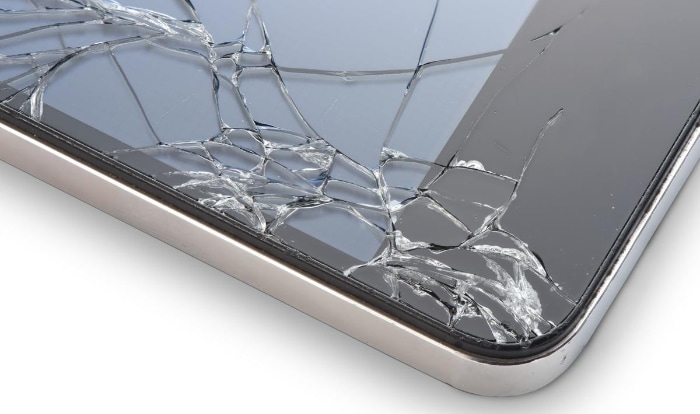
A screen protector is not just a one-time investment; it’s a product you may need to replace over time, which means cost and durability play a significant role. The price you pay upfront, how often you need to replace it, and its impact on the environment all contribute to the overall value you get from your screen protector.
Initial Cost
Tempered glass screen protectors are generally priced higher than their plastic counterparts. Typically ranging between $10 and $30, tempered glass protectors reflect their premium build quality and durability.
Their extra layers, advanced treatments, and oleophobic coatings contribute to the higher cost, making them an option that feels more luxurious but requires a slightly larger initial financial commitment.
Plastic screen protectors, by contrast, are a more budget-friendly option. PET or TPU protectors are usually priced between $5 and $15, offering a more accessible solution for those who want protection without spending too much.
This affordability makes them a popular choice for individuals who prefer to replace their screen protectors frequently or for devices that may not require heavy-duty protection.
Replacement Frequency
Durability plays a major role in how often your screen protector will need replacement, which affects its long-term cost. Tempered glass protectors stand out as the more durable option, often lasting months or even years without the need for replacement.
They can withstand wear and tear from daily use, as well as minor impacts, without losing their functionality. A higher initial cost is often offset by the infrequency of needing a new one.
Plastic protectors, however, have a much shorter lifespan. Their softer material makes them susceptible to scratches, scuffs, and peeling, often requiring replacements more frequently.
TPU protectors may bounce back from some damage thanks to self-healing properties, but even these aren’t designed to last as long as tempered glass. While individual replacements are inexpensive, the cost can add up over time if frequent changes are required.
Environmental Impact
Another factor to consider is how these protectors affect the environment. Tempered glass screen protectors, being made primarily of glass, are often easier to recycle compared to plastic ones.
Their durability also reduces the frequency of disposal, making them a comparatively eco-friendlier choice for those trying to minimize waste.
Plastic screen protectors, while more affordable, contribute to the growing issue of plastic waste. Their shorter lifespan often means they are discarded more frequently, and recycling options for PET and TPU materials are not as widely available or effective.
For environmentally conscious users, this may be a point worth considering when making a choice.
User Experience & Aesthetics
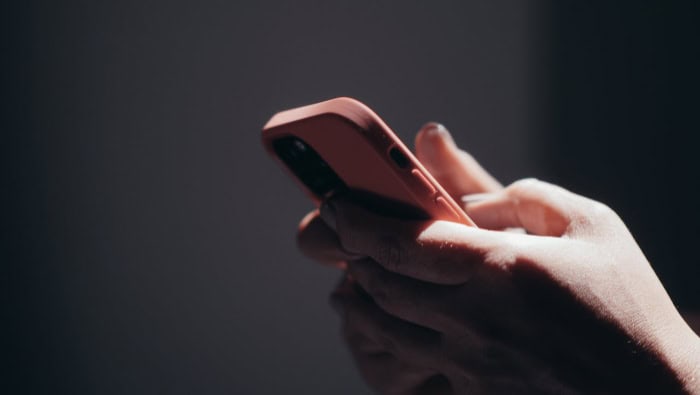
A screen protector not only protects your device but also influences how you interact with it daily. The way it feels under your fingers, the clarity it provides, and how well it integrates with the overall design of your device all contribute to the user experience.
Touch Sensitivity
Tempered glass protectors provide a smooth, premium surface that closely mimics the original feel of your device’s screen. Because of their glass composition, they allow your fingers to glide effortlessly during interactions, whether you’re scrolling through social media or playing games.
They respond almost instantly to touch, ensuring that sensitive actions like typing or dragging are both precise and natural.
Plastic screen protectors, while functional, often fall behind when it comes to tactile experience. TPU protectors, in particular, may feel slightly sticky or rubbery under the fingers, leading to a noticeable tactile lag during use.
This can make the interaction feel less seamless compared to tempered glass. While PET plastic protectors are smoother than TPU, they still lack the refined, sturdy feel of glass. For those used to the smooth glide of glass, switching to plastic may feel less satisfying.
Clarity Over Time
When it comes to visual clarity, tempered glass protectors stand out. Their anti-reflective coatings not only reduce glare but also maintain the screen’s sharpness and vibrancy over time.
Unlike plastic, tempered glass does not degrade or discolor with prolonged use, ensuring that the display remains crisp and true to its original quality. Smudges and fingerprints are also less of an issue, as the oleophobic layer repels oils and allows for easy cleaning.
Plastic protectors, on the other hand, can develop issues with clarity as they age. TPU protectors, in particular, are prone to yellowing over time, which can dull the screen’s appearance.
Additionally, scratches and scuffs on plastic protectors can create visual distractions, affecting the overall viewing experience. PET plastic fares slightly better in this regard, although it’s still more susceptible to wear than glass.
Thickness & Screen Visibility
Thickness plays a significant role in how noticeable a screen protector feels on your device. Tempered glass is thicker than plastic, typically ranging from 0.3 to 0.5 mm.
While this added thickness enhances durability and protection, it can create a slight bulk on the screen’s surface. For users who prefer a slim, barely-there feel, this may take some getting used to. However, many glass protectors are designed with tapered edges to make the transition between the protector and the screen more seamless.
Plastic protectors, being thinner (0.1 to 0.3 mm), are less intrusive. Their slim profile allows them to blend more naturally into the device’s design, making them less noticeable in terms of added bulk.
For users who prioritize minimalism, this can be an appealing feature. However, the trade-off with thinner plastic is a reduction in durability and longevity compared to the sturdier tempered glass.
Installation & Maintenance
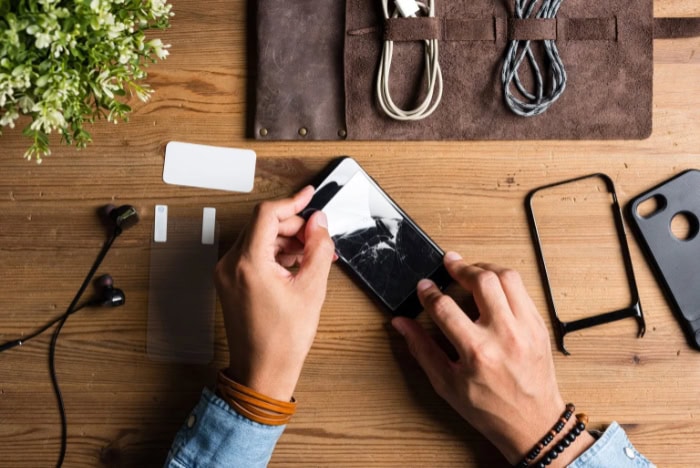
Installing and maintaining a screen protector can be just as important as its protective qualities. A smooth application ensures that the protector performs as intended, while proper upkeep can extend its lifespan and keep your device looking pristine.
Ease of Application
Tempered glass screen protectors are often designed with user convenience in mind. Many come with alignment tools, such as guide frames or tabs, which make it easier to position the protector accurately on the screen.
These tools help minimize errors during installation and significantly reduce the likelihood of misalignment. The rigidity of glass also means it lays flat on the screen with minimal effort, ensuring a smooth, professional finish.
Installing a plastic screen protector, on the other hand, typically requires more manual precision. Without the support of alignment kits, users need to carefully position the protector by hand to avoid misplacement.
TPU protectors, in particular, are more challenging to install due to their flexible nature, which can make them harder to maneuver and align. PET protectors are slightly easier to handle, but both types demand patience and a steady hand during application.
Bubble/Wrinkle Risks
The risk of bubbles or wrinkles forming during installation is another factor to consider. Tempered glass protectors are less prone to bubbles due to their rigidity and strong adhesive backing.
Once properly aligned, the glass often adheres to the screen smoothly, automatically pushing out most air pockets. However, if bubbles do form, they can be difficult to remove and may require repeated pressing to eliminate.
Plastic protectors, especially TPU, are more forgiving in this regard. TPU’s self-healing properties allow minor air bubbles and wrinkles to disappear over time on their own.
While these protectors are easier to adjust and reapply if mistakes are made, they are also more vulnerable to creases or uneven surfaces during installation. PET protectors are less forgiving, as wrinkles or bubbles are harder to correct once they appear.
Cleaning & Upkeep
Maintaining a clean and clear screen is essential for an optimal user experience, and tempered glass protectors excel in this area. Most glass protectors are coated with an oleophobic layer that repels fingerprints, smudges, and oils from your hands.
This makes them easier to clean with a simple wipe, ensuring the screen stays clear and smudge-free for longer periods.
Plastic protectors, on the other hand, do not offer the same level of resistance to smudges and fingerprints. TPU and PET protectors tend to accumulate oils and grime more quickly, requiring frequent cleaning.
Fingerprints can be more noticeable on their surface, and cleaning often involves extra effort to restore clarity. Over time, scratches or minor damage on plastic can make the surface harder to clean effectively.
Conclusion
Selecting the right screen protector depends on balancing your priorities, as both tempered glass and plastic options have their own unique strengths. Tempered glass stands out for its durability, scratch resistance, and premium feel, making it ideal for those who value robust protection and a smooth user experience.
Its ease of cleaning and long-lasting clarity further enhance its appeal, even if it comes with a higher initial cost and a slightly thicker profile.
Plastic protectors, on the other hand, offer affordability, flexibility, and better coverage for curved screens. While they may require more frequent replacements and are more prone to wear, their slim design and ability to conform to unconventional screens make them a practical option for users on a budget or those who prioritize minimal bulk.
By considering factors like protection capabilities, user experience, and maintenance, it becomes easier to match your screen protector choice to your lifestyle and device. Each material excels in its own way, ensuring that whichever you choose, your device remains safeguarded against life’s daily challenges.



